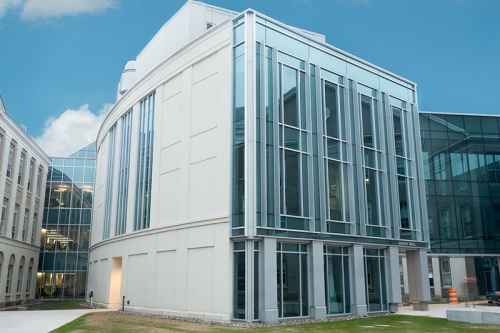Particle Physics, Hadron Spectroscopy, Nuclear Physics
A major goal of the particle physics community is to understand how the strong interaction generates subatomic particles called hadrons. Hadrons are composite particles constructed from quarks and gluons. The two most common types of hadrons are built from two quarks (called mesons) and three quarks (called baryons, like the proton and neutron). In principle, the strong interaction allows for more "exotic" types of particles, such as hybrid mesons, tetraquarks, and pentaquarks. However, these exotic forms of matter have only recently been observed, and it is not known why nature prefers the simple two and three quark configurations.
My research focuses on studying the spectrum and properties of mesons as a member of the GlueX Experiment at Jefferson Lab. GlueX's primary goal is to search for and study the properties of full spectrum of mesons, including hybrid mesons. By studying the spectrum of mesons, we can provide information on how the strong interaction generates hadrons.
Students in my research group work to extract information from the large datasets that GlueX has collected. They learn how to write code to perform basic particle physics calculations, visualize data, and interpret it.

